I was looking over some of my older photography gear few weeks ago and obviously I ran across my old film cameras and old memory cards from my first digital cameras. I started to recall the times of film photography and compare it with the experience of the digital world.
It took me awhile (being so deep in digital cameras nowadays) to realize that film cameras limited me by certain number of pictures a photographic film roll could contain (not like digital cameras, which can take from few hundred to few thousand RAW pictures, depending on the capacity of a memory card). The limitation of a number of ‘exposures’ (in photographic jargon of course) in film cameras forced me to spend some time and think about a composition of a picture, how to frame a subject, inspect closely foreground, background, double check the lighting and any other details that could improve a picture so that no film and frames would be wasted. This limitation of a film camera was (and for someone who uses a film camera still is) a very important step in the learning process of the art of photography and I personally believe that it still should be a part of the learning process of photography.
I think that digital cameras with their huge memory cards give us the freedom that actually does more harm than good for those who want to learn photography – we don’t take that extra time and effort on checking composition of a picture like in a film camera because we know that we can re-take a picture countless number of time and delete easily ‘bad’ pictures without any financial costs (as it wasn’t the case in the photographic film roll era).
I think I have found a solution for those who own only digital cameras and who want to learn composition in a way it was done before. The solution is quite simple: next time you will go for a photo walk, do an assignment for yourself or just take pictures, leave your 8 or 16 GB memory card at home and take with you only one memory card of 1GB or even less (the less capacity, the better; I just checked that 1GB for shooting 12.1 MP RAW will give you about 68 exposures). Depending if you shoot RAW or JPEG and how many megapixels your camera has, you should find a memory card that enables you to take not more than 30 exposures. And remember to leave all other memory cards at home! This way you will limit your gear but you will definitely expand your knowledge and experience in composition!
I strongly encourage you to try it out few times and I guarantee that you will see improvement in your photography soon.
Happy Shooting!!!
Article Picture: I took it in the evening with my Nikkor 35mm f1.8 lens in Jubel Park in Brussels (Bruxelles), Belgium. Jubel Park in a part of Parc du Cinquantenaire (click to see Google Maps). EXIF info: Nikon D90, Shutter Speed: 1/60 sec., f/1.8, ISO: 200.

